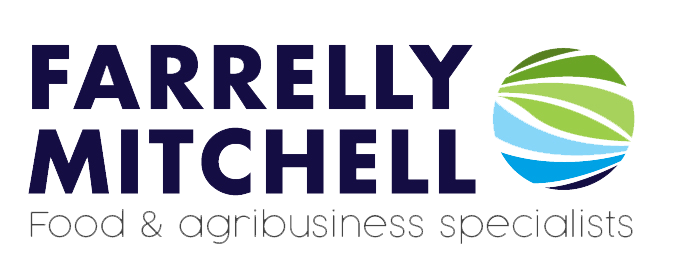Food insecurity is growing. According to the FAO global food prices are now 30% higher than at the same time last year and that 193 million people needed urgent assistance across 53 countries. The immediate situation is due to the Russia-Ukraine war. The two countries produce 30% of the global wheat supply.
Following a recent UN meeting, the Director-General of the Food and Agriculture Organisation (FAO) Qu Dongyu called for a ‘transformation’ of agriculture to make it more efficient, inclusive, and resilient to shocks.
However, even before the war and the Covid-19 pandemic, there were challenges in supplying food to a projected nine billion people who will live on the planet in 2050, whilst at the same time meeting environmental targets.
So, what are the solutions? Solutions can include modern technology, training, and education along with more supportive policies.
How technology can help increase food supply
According to Maria Andrade 2016 World Food Prize Laureate, Food security can be achieved by using knowledge of the best practices based on science. The technology chosen needs to be appropriate to local conditions and supply chains.
For example, efficient irrigation technologies, water harvesting, and conservation techniques can address water constraints in sub-Saharan Africa.
Post-harvest losses are a key driver of food waste and carry the cost of all resources used in producing food that is lost. Better storage and processing technologies in root and tuber crops, such as cassava and sweet potato could help to minimize rates of post-harvest spoilage.
Technology can produce more and better food with less environmental impact. However, there is a split between large-scale commercial farms and many smaller farmers who still either lack access to technology or have not adopted it. Dimitra is a company which promotes data-driven farming and according to its founder Jon Trask:
“There are 608,000,000 farms in the world and 38,000,000 of those are well-served by the big tech companies. The rest are completely ignored. This underserved group of farmers represents the production of almost 70% of the food in the world. Increasing output and revenue by 20%, if we distribute it right and don’t waste it, theoretically it could solve the world hunger crisis.”
Overcoming this split will become a key challenge in tackling global hunger.
Using training and education to improve agricultural output
Better training of farmers can help boost productivity and can also encourage farmers to adopt modern technology. A study in Burkina Faso looked at the effect of factors of modernization on the food security of farm households.
The results showed that the training of agricultural workers, ownership of traction animals, and use of improved seeds reduced the risk of food-secure households falling into food insecurity by 22.8, 21.6, and 14.9%, respectively.
These factors determine household food security, suggesting that the modernization of farming could help prevent food insecurity in the country.
The impact of international policies relating to economic development and trade
Those at greatest risk of food insecurity are subsistence farmers and economic development is critical to countering food insecurity. The biggest risk to food security is often not disruptions to production, but loss of household income, thus economic safety nets and food assistance are essential, especially in developing countries.
Free trade policies allow countries to exploit their comparative advantages in economic activity, increasing average per capita incomes, longer-term growth rates and the capacity to fund social safety nets for the poor.
However, growing concerns about food security, have led some countries to hoard staples to ward off domestic shortages, which in turn limits supplies on the global market.
In addition, other countries such as India have restricted exports, however, this can have a knock-on effect on other import-dependent countries. Thus, there needs to be more cooperation and coordination at a global level.
Increased domestic resilience
Developed countries should also reappraise the importance of food production to meet their own needs and to supply export markets. UK farming groups have lobbied the government to provide the vision required to give the industry confidence to continue producing high-quality and affordable food.
The USDA has announced the easing of restrictions on farmers planting crops on environmentally sensitive land to help ease the food crisis.
The long production cycles for most agricultural commodities mean that food production cannot simply be turned on and off like a tap. There must be planning and investment to achieve food security, and the adoption of a range of measures including the adoption of innovative technology, training, and support for farmers.
Need the support of expert food security advisors?
At Farrelly Mitchell, our global agribusiness experts provide tailored solutions to producers around the world, guiding them toward more productive, sustainable, and resilient farming systems. As food demand rises with growing populations, our food security consultants are perfectly placed to guide our clients toward solutions that increase productivity without impacting environmental sustainability.
Farrelly Mitchell offers crucial insights into relevant agtech, foodtech, and digitalisation tools that are revolutionising agriculture, reducing food loss and waste, improving food safety, and critically boosting overall food production and improving food security. To learn more about our services, reach out to our team today.














